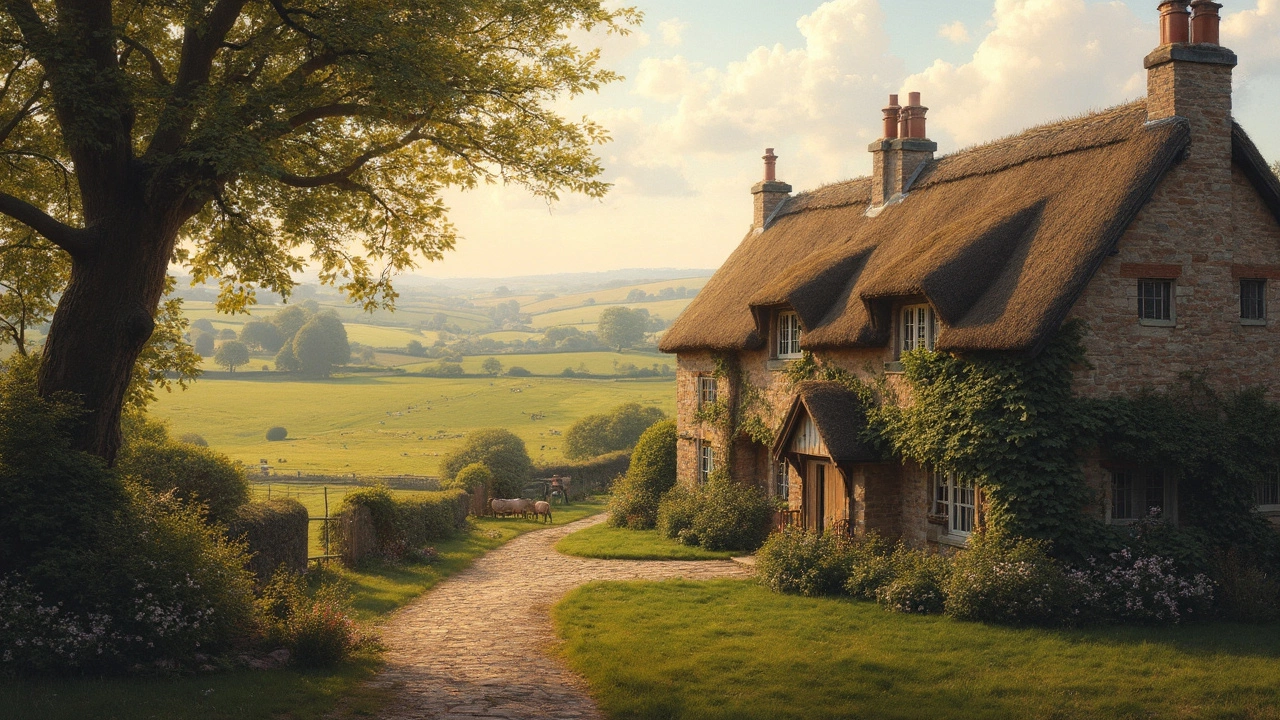
Differences You Need to Know About Hotels, Cottages, and Eco Living
When you’re planning a getaway or a new place to call home, the word "difference" pops up a lot. Is a boutique hotel just a fancy regular hotel? Does a glamping cottage give you the same comfort as a traditional lodge? Below we break down the most common contrasts so you can spot the right fit without the guesswork.
Hotel vs Boutique: What Sets Them Apart
Regular hotels focus on consistency. You walk in, you get a standard room size, predictable amenities, and a brand name you recognize. Boutique hotels, on the other hand, are all about personality. They often have fewer rooms, unique décor, and a local vibe that makes each stay feel customized. If you value fast Wi‑Fi, big chains, and loyalty points, a regular hotel is the safe bet. If you crave a distinct design, personalized service, and a story behind the walls, boutique is the way to go.
Price is another clear marker. Boutique properties tend to charge a premium because they invest in design, local art, and sometimes a chef‑run restaurant. Regular hotels can often offer lower rates for the same location, especially if you’re flexible with dates. Think of it as paying for an experience versus a baseline service.
Cottage vs Glamping: Comfort Meets Nature
Cottages are traditionally built from stone or wood, with a permanent structure, heating, and a kitchen you can use anytime. They’re perfect for families who want space to spread out, a garden, and the feeling of staying in a house rather than a room. Glamping cottages blend that rustic feel with luxury touches—think heated pods, private bathrooms, and sometimes even a small hot tub.
The biggest difference is flexibility. Glamping sites often operate seasonally and may have limited utilities, while a cottage usually offers year‑round access and reliable power. If you’re planning a summer adventure and don’t mind a shared shower or composting toilet, glamping can be cheaper and more adventurous. For a longer stay or when the weather gets chilly, a classic cottage wins.
Beyond these pairings, there are other common comparisons that trip up travelers. Eco homes, for example, are sometimes assumed to cost more just because they’re green. In reality, the price hinges on size, materials, and local building codes. A compact eco‑friendly tiny house can be cheaper than a standard 2‑bedroom brick bungalow, especially when you factor in lower energy bills.
All‑inclusive resorts often come with myths about hidden fees and drink limits. The truth is simple: read the fine print. Some resorts cap alcoholic drinks at six per day, while others offer unlimited options for a higher price tier. Knowing this ahead of time helps you avoid surprise charges at checkout.
When it comes to airport hotels, the main difference from regular city hotels is location and speed of service. You’ll find smaller rooms, a 24‑hour front desk, and often a shuttle to the terminals. If you’re on a tight layover, an airport hotel saves you time and transport costs.
Business travelers look for fast Wi‑Fi, sound‑proof rooms, and on‑site meeting spaces. Regular hotels may have a business center, but boutique properties often add extra touches like a quiet lounge or a rooftop bar for networking after work. Choose based on the balance you need between work efficiency and relaxation.
Finally, think about what matters most to you: price, experience, or convenience. By spotting the key differences—whether it’s a boutique’s design flair, a cottage’s permanent comforts, or an eco home’s sustainability—you can make a decision that fits your budget and your style.
Use this guide as a quick reference the next time you browse accommodation options. Spot the word "difference" in the description, match it to your priorities, and book with confidence.
